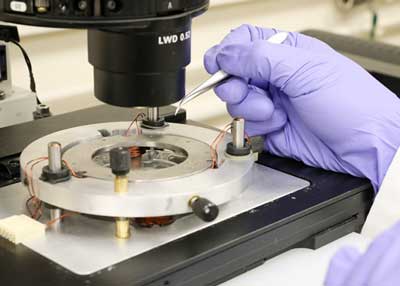 Researchers have built a set of magnetic 'tweezers' that can position a nanoscale bead inside a human cell with unprecedented precision. The nano-bot has already been used to study the properties of cancer cells, and could lead to enhanced diagnosis and treatment.
Researchers have built a set of magnetic 'tweezers' that can position a nanoscale bead inside a human cell with unprecedented precision. The nano-bot has already been used to study the properties of cancer cells, and could lead to enhanced diagnosis and treatment.
Wednesday, March 13, 2019
Researchers create nano-bot to probe inside human cells
 Researchers have built a set of magnetic 'tweezers' that can position a nanoscale bead inside a human cell with unprecedented precision. The nano-bot has already been used to study the properties of cancer cells, and could lead to enhanced diagnosis and treatment.
Researchers have built a set of magnetic 'tweezers' that can position a nanoscale bead inside a human cell with unprecedented precision. The nano-bot has already been used to study the properties of cancer cells, and could lead to enhanced diagnosis and treatment.
Physicists proposed fast method for printing nanolasers from rerovskites
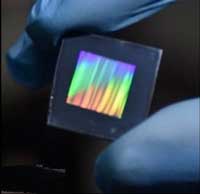 An international research team has developed a new method of synthesizing miniature light sources. It is based on a special laser which produces millions of nanolasers from a perovskite film in a few minutes.
An international research team has developed a new method of synthesizing miniature light sources. It is based on a special laser which produces millions of nanolasers from a perovskite film in a few minutes.
X-ray analysis of carbon nanostructures helps material design
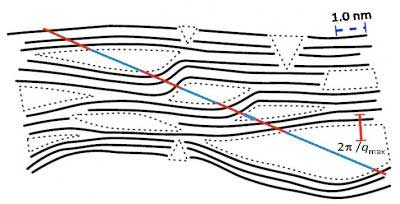 Nanostructures made of carbon are extremely versatile: they can absorb ions in batteries and supercapacitors, store gases, and desalinate water. How well they cope with the task at hand depends largely on the structural features of the nanopores. A new study has now shown that structural changes that occur due to morphology transition with increasing temperature of the synthesis can also be measured directly -- using small-angle X-ray scattering.
Nanostructures made of carbon are extremely versatile: they can absorb ions in batteries and supercapacitors, store gases, and desalinate water. How well they cope with the task at hand depends largely on the structural features of the nanopores. A new study has now shown that structural changes that occur due to morphology transition with increasing temperature of the synthesis can also be measured directly -- using small-angle X-ray scattering.
Looking back and forward: A decadelong quest for a transformative transistor
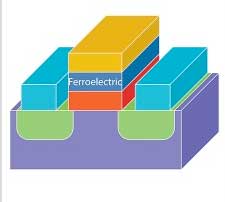 Negative capacitance field-effect transistors are being explored as a way to make traditional transistors more efficient -- by simply adding a thin film of dielectric material.
Negative capacitance field-effect transistors are being explored as a way to make traditional transistors more efficient -- by simply adding a thin film of dielectric material.
Defects help MOF nanomaterial soak up more pollutant in less time
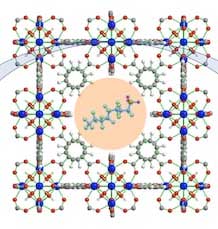 Researchers find new way to remove PFOS from industrial wastewater.
Researchers find new way to remove PFOS from industrial wastewater.
Researchers create new 'miRacles' for human health
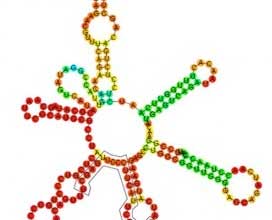 Scientists produce a nanotechnology approach that detects disease biomarkers at lower cost.
Scientists produce a nanotechnology approach that detects disease biomarkers at lower cost.
Super sensitive, groundbreaking smart sensor 'tastes' and 'sniffs'
 Researchers have developed an innovative sensing system capable of identifying and distinguishing different stimuli. The system is based on origami combined with ink.
Researchers have developed an innovative sensing system capable of identifying and distinguishing different stimuli. The system is based on origami combined with ink.
Tiny 'blinkers' enable simultaneous imaging of multiple biomolecules
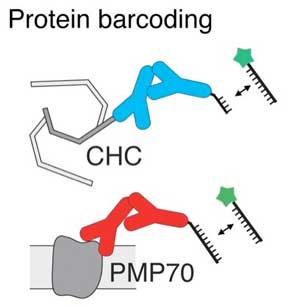 Researchers have engineered tiny 'blinkers' that reveal single molecules of RNA or protein inside cells based on the duration and frequency of each flash.
Researchers have engineered tiny 'blinkers' that reveal single molecules of RNA or protein inside cells based on the duration and frequency of each flash.
Subscribe to:
Comments (Atom)
